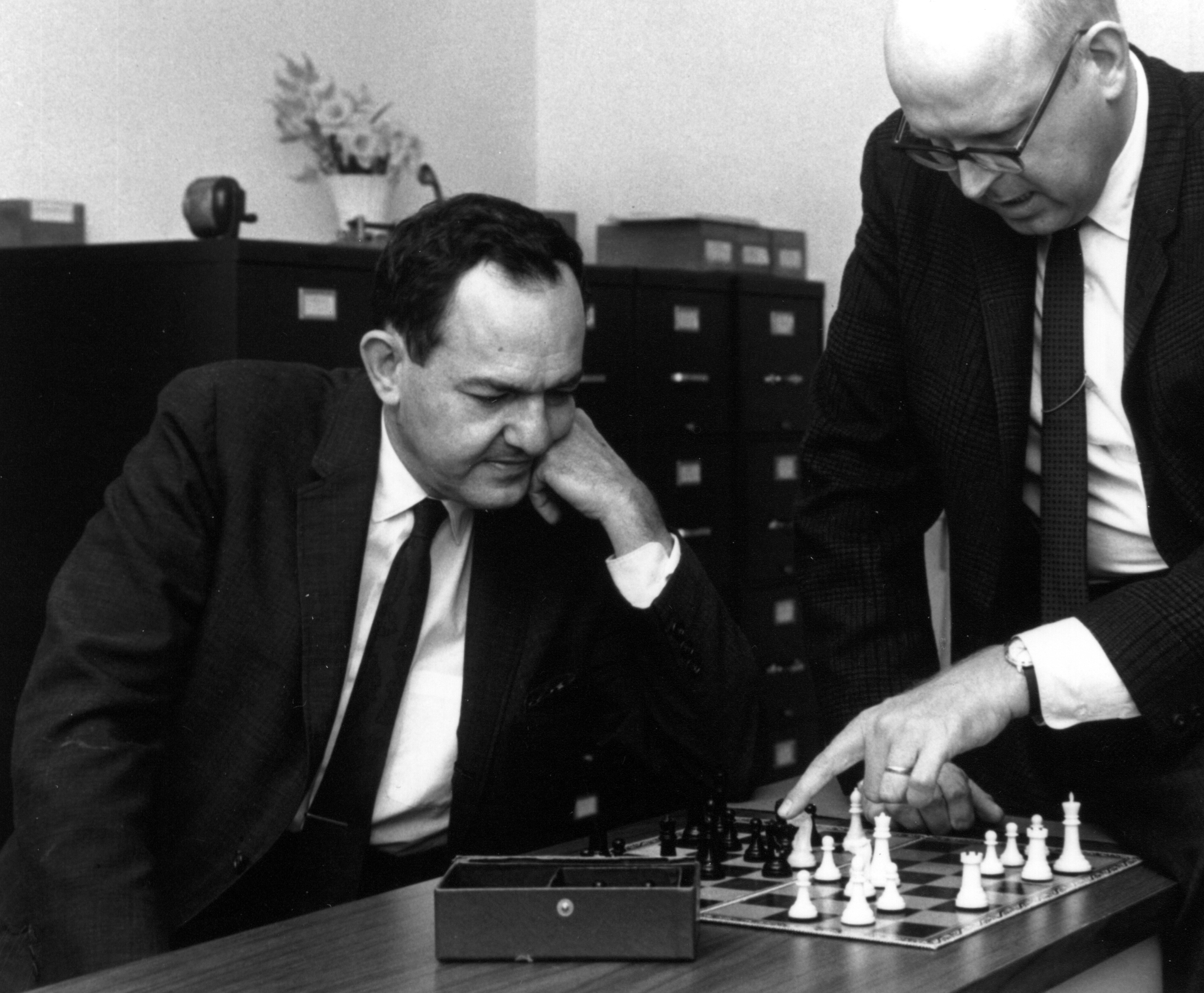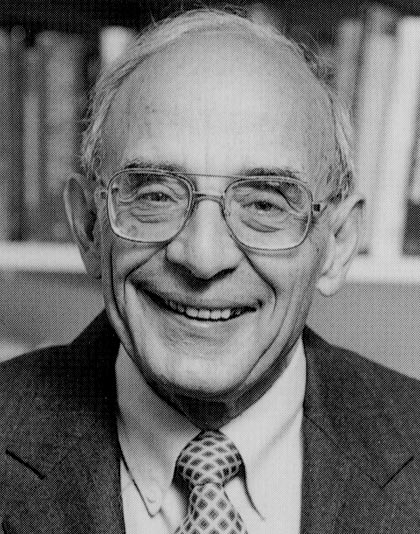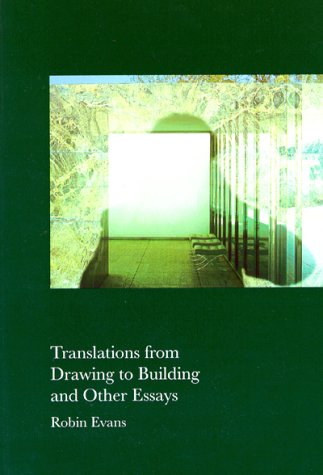| Lecture 1 & Course Introduction | |
|---|---|
| Course | Arch 200c |
| Date | 2014/09/09 |
| Learning Objectives | A thorough introduction and overview of the course, including a run-through the syllabus, a discussion of pedagogical goals and teaching methods, and a presentation of projects and deliverables. Our first topic lecture on the fundamentals of graphic projection in general, and orthographic projection in particular. |
| Agenda |
|
| Uses Tool(s) | |
Lecture One - Projection
In his book Why Architects Draw , Edward Robbins identifies two approaches to understanding why architects draw:
- Drawings may be seen as a mode and language of representational, and as a conduit for architectural ideas that cannot be transmitted through other means.
- Drawings may be seen as instrument of social practice, and as embodying attitudes about cultural and social practice in architecture.
Below we present a range of perspectives on the design process, and by implication, the role that drawings play in it. Set in no particular order, these perspectives run the gamut outlined by Robbins, above - from socio-cultural perspectives to aesthetic and linguistic.
Simon - From Ill-Bounded to Well-Bounded
Simon might say that...
Drawings provide a place for the externalization and clear understanding of all the parameters of a design problem for everyone to see, and the process of design proceeds through the discovery of a clearly bounded problem.
References
- Simon, Herbert. “ The Structure of Ill Structured Problems .” Artificial Intelligence 4, no. 3–4 (Winter 1973): 181–201.
Schön - Reflection in Action
Schön might say that...
Drawings are like conversations, and the process of design proceeds through an active process of drawing, reflecting on what we have drawn, finding new possibilities and unexpected forms in our drawing, and drawing again with these new forms in mind.
In “The Reflective Practitioner: how professionals think in action”, Donald Schön was the first author after Herbert Simon to introduce an alternative approach to cognitive science design research. For Schön, design is not best described as “search” or problem-solving, but rather as itself a kind of “making” wherein designers make representations of the world that a design might occupy, and then construct the moves required to define solutions.
He characterizes design as a “reflective conversation with the materials of a design situation”, which describes a cyclical action of the discovering an ordering system, projecting this ordering system upon a representational space, and reflecting upon the intended and unintended consequences of this projection in a search for a more refined ordering system. Schön terms this cycle “reflection-in-action”. In contrast with the earlier frameworks, this understanding of the design process emphasizes mechanisms that aid designers in “problem setting”, that is projecting alternative interpretations of problem-solution elements that each take account of conflicting contexts.
References
- Schön, Donald. The Reflective Practitioner: How Professionals Think in Action . Basic Books, 1983.
- Schön, Donald. “ Designing as Reflective Conversation with the Materials of a Design Situation .” Knowledge-Based Systems 5, no. 1 (March 1992): 3–14.
Evans - Action at a Distance
Evans might say that...
Design is action at a distance, until a building is realized, design ideas necessarily reside in the collective imaginations of designers - drawings are one valid space amongst many that may receive and filter projections of a design idea.
References
- Evans, Robin. Translations from Drawing to Building . MIT Press, 1997.
- Evans, Robin. The Projective Cast: Architecture and Its Three Geometries . The MIT Press, 2000.
Related
- Analogous 2013 Session
- The above content roughly corresponds with this class session from last year.
Readings
The following readings may be found on the class BOX under "200c RESOURCES/Readings/".
- Allen, Stan. “ Constructing with Lines: On Projection. ” In Practice: Architecture, Technique and Representation, 1–31. Psychology Press, 2000.
- Evans, Robin. The Projective Cast: Architecture and Its Three Geometries . The MIT Press, 2000. [Introduction and Conclusion]
- Schön, Donald. “ Designing as Reflective Conversation with the Materials of a Design Situation. ” Knowledge-Based Systems 5, no. 1 (March 1992): 3–14.
Overview of Architectural Projection
Here, we present a broad overview of architectural drawings , organized by the type of graphic projection each employs.


